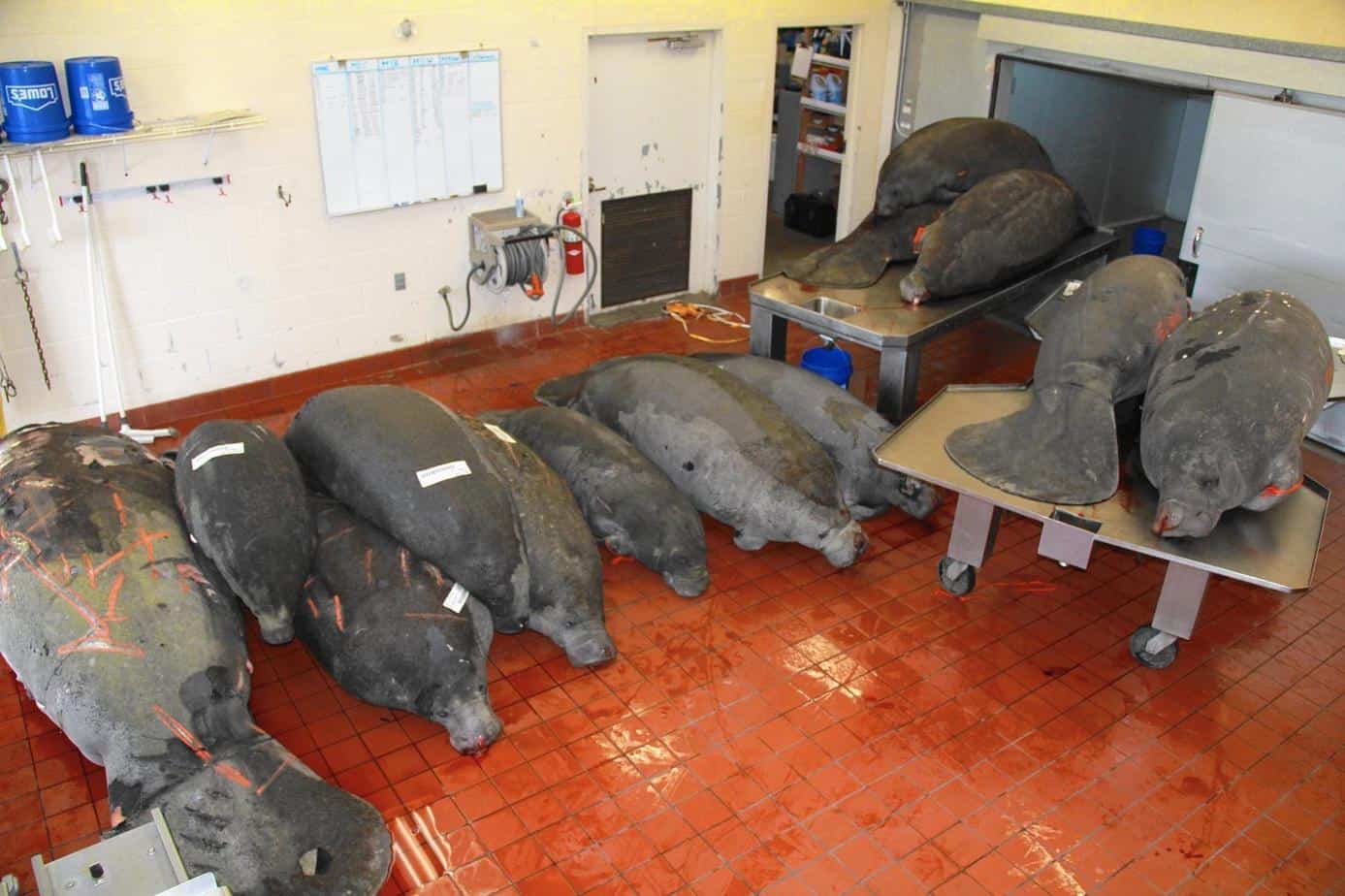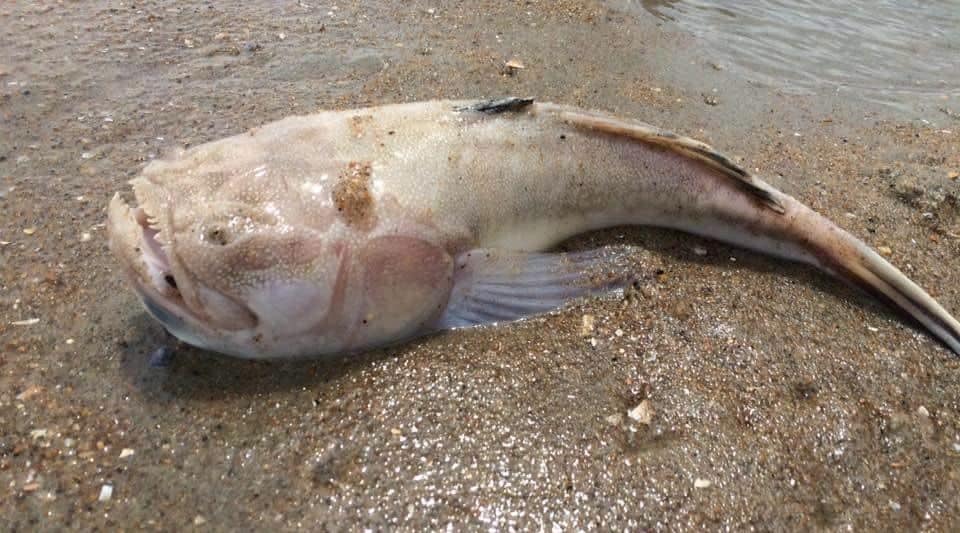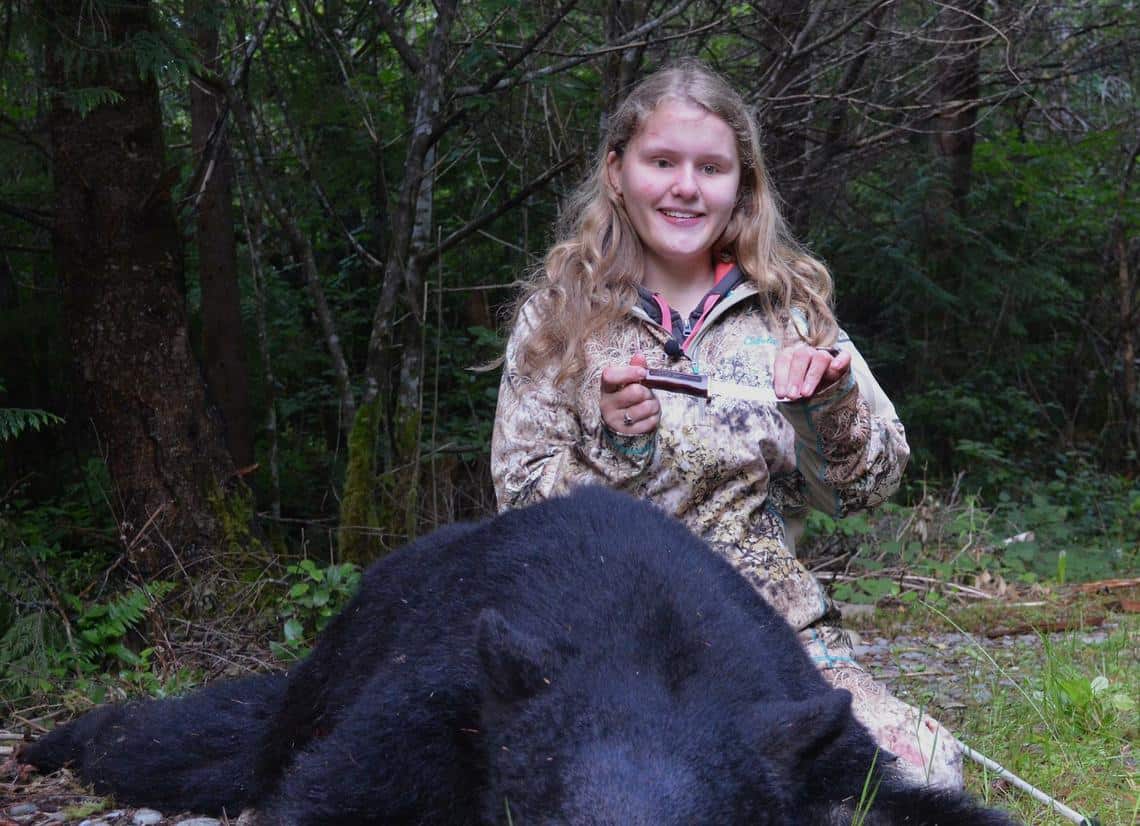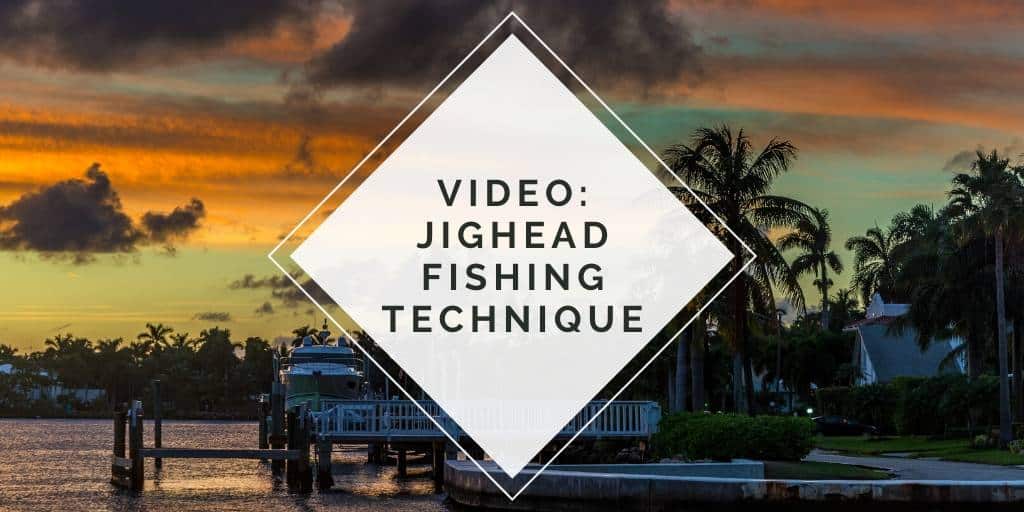

Eight manatees have died in the Indian River Lagoon since May, according to Florida wildlife officials.
The cause of the deaths is linked to the heavily polluted river and the algae infesting it. This isn’t the first string of deaths linked to pollution from the famous river either. In the past four years, over 150 of the beloved marine mammals have died from the same trauma.
“We are still narrowing down the cause, but the hypothesis is still that the change of vegetation that the manatees are eating makes them to susceptible to complications in their guts,” said Martine de Wit, lead veterinarian at the Marine Mammal Pathobiology Laboratory of the Florida Fish and Wildlife Conservation Commission in St. Petersburg. “It gives them acute shock.”
Manatees that have been recovered have little to no seagrass in their stomachs. Instead, the manatees have been found to have their digestive systems full of an algae more commonly known as seaweed.
De Wit says the specific cause of death isn’t known, but the manatees succumbed so quickly that they drowned.

Via TBO:
The deaths do not appear to be connected to the toxic blue-green algae bloom afflicting the state’s Atlantic coast and Lake Okeechobee, she said Wednesday. So far, no manatees deaths have ever been tied to that species of algae, she said, although the state continues to monitor it.
But this wave of manatee deaths may be indirectly tied to two other, different algae blooms, apparently fed by pollution in the lagoon, she said.
The Indian River Lagoon has had algae blooms before, but none of them were like the one that hit in 2011. Experts called the explosion of the greenish Resultor species a “superbloom” because it covered nearly 131,000 acres and lasted from early spring to late fall.
Then came the “brown tide” algae bloom of 2012, which tinted the water a chocolate brown. The algae, Aureoumbra lagunensis, have been a recurring headache for Texas. Why it suddenly showed up in Florida is another mystery.
A large algae blooms shades out sunlight needed by sea grass. By the time the “brown tide” algae bloom was done, the lagoon had lost more than half its sea grass, essential to nurturing fish and other marine species — including manatees.
With much of the seagrass gone, the manatees turned to eating a red sea weed called gracilaria. That’s what was found in the guts of the dead ones, de Wit said. One theory is that the change in diet, prompted by the algae bloom’s impact, is what killed them.
According to Charles Jacoby, a St. Johns River Water Management District scientist, there is sea grass in the usual areas in the river, it’s just thinned out significantly.
“The system is trying to right itself,” he said.
It’c clear that ridding the Indian River of its cyclical algae problem will be a long battle to heal the damage that has been done from years of pollution.
The future of manatees in the Indian River is more uncertain than ever and the failing health of it should be a “clear message” to the U.S. Fish and Wildlife Service, according to Katie Tripp, director of science and conservation at Save the Manatee Club.
“Their habitat is far from secure, which means their ability to recover is far from certain,” Tripp said.








